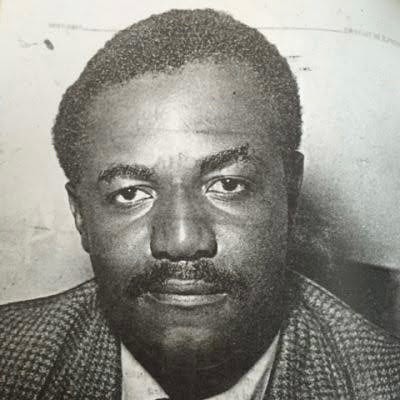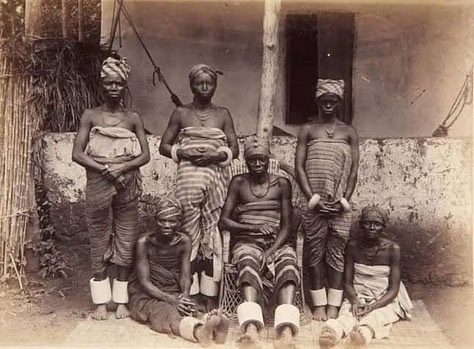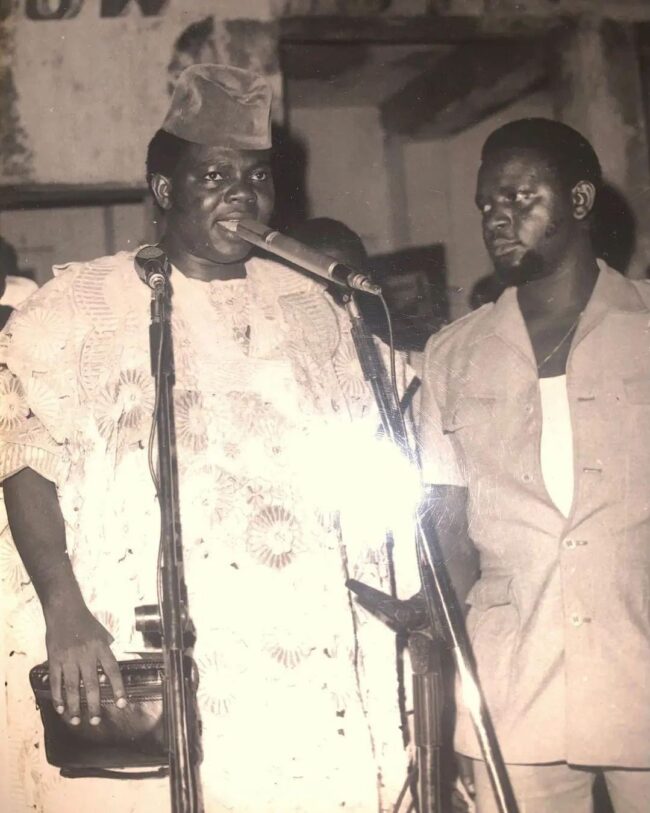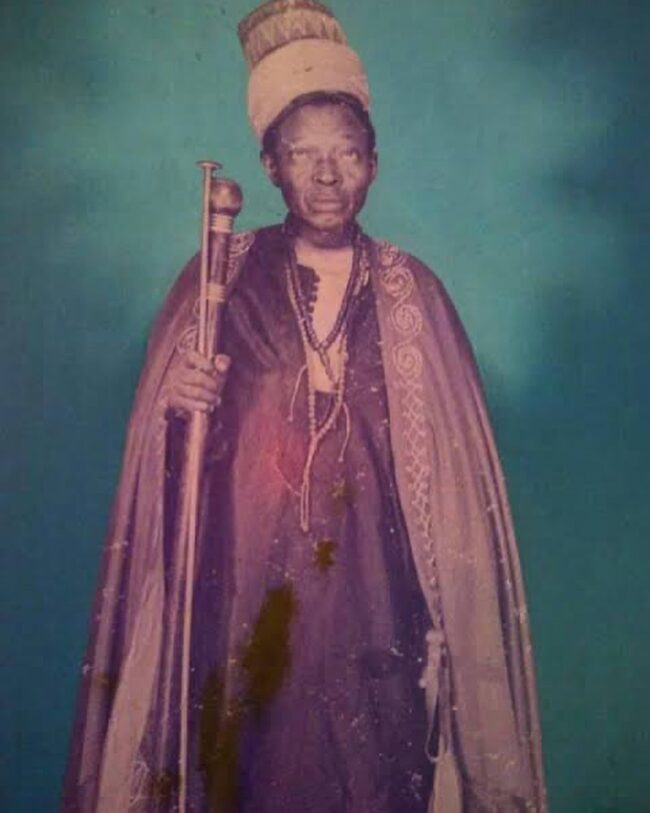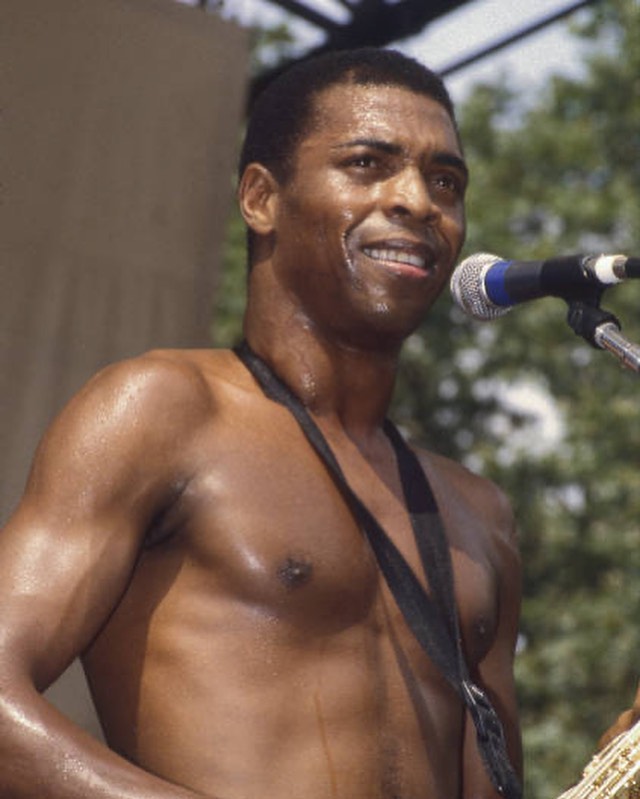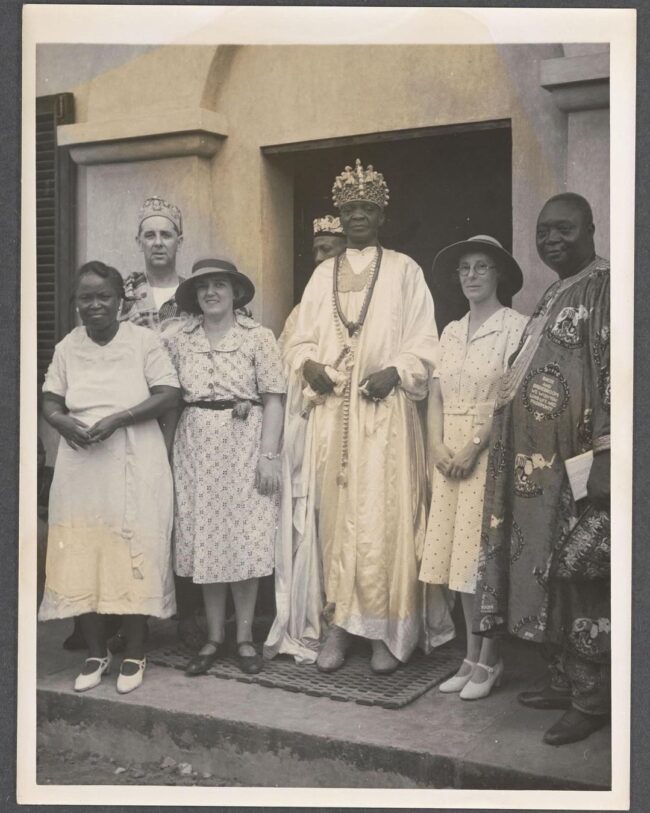Story of Chief Candido Joao da Rocha, A Man of Inestimable Wealth
Chief Candido Joao da Rocha, a 99-year-old Nigerian businessman, landowner, and creditor, was the owner of the now-closed Bonanza Hotel in Lagos as well as Water House on Kakawa Street, Lagos Island. He was the Lodifi of Ilesa’s chieftaincy title holder. Da Rocha is pictured above, his father Joao Esan is shown on the second image, and Candido is shown on the right as a young child with his mother Angelica. The well-known Water House, constructed by Da Rocha on Lagos Island’s Kakawa Street, is shown in the third slide. “Nigerian parents often joke that they’re Da Rocha in response to their child’s request for money. The child’s request seems extravagant, it seems. Comparably, peers may make fun of a friend who spends excessively by saying, “He’s splurging and spending money like Da Rocha.” We now present to you the tale of Candido Da Rocha, the fabled affluent man. Candido Da Rocha was an affluent resident of Lagos. Additionally, he is widely thought to have been the first millionaire in Nigerian and African history. The beloved Da Rocha was born in 1860 as the son of Joao Esan Da Rocha, a freed slave who came back from Brazil to establish a prosperous business empire. When Candido, the junior Da Rocha, returned, it was said that he only knew Portuguese and Ilesha. He was the head boy at the well-known CMS Grammar School in Lagos. He was a classmate and friend of the late Herbert Macaulay. His interest in business is vested. It was reported that Candido installed water pipes from Iju to Yaba Ebute Metta, Lagos Island, and other locations where pipe-borne water was in high demand. In the 1920s, he was rumored to have lived in his home and run the Iju water works, which provided water to all of Lagos. It was rumored that Da Rocha was being paid by the colonial administrators for providing water to Lagos State. His success in the water industry made him so wealthy that the government had to take over the company. His other business is money lending, which he did in partnership with two other wealthy men, Sedu Williams and J. H. Doherty, to form the Lagos…

